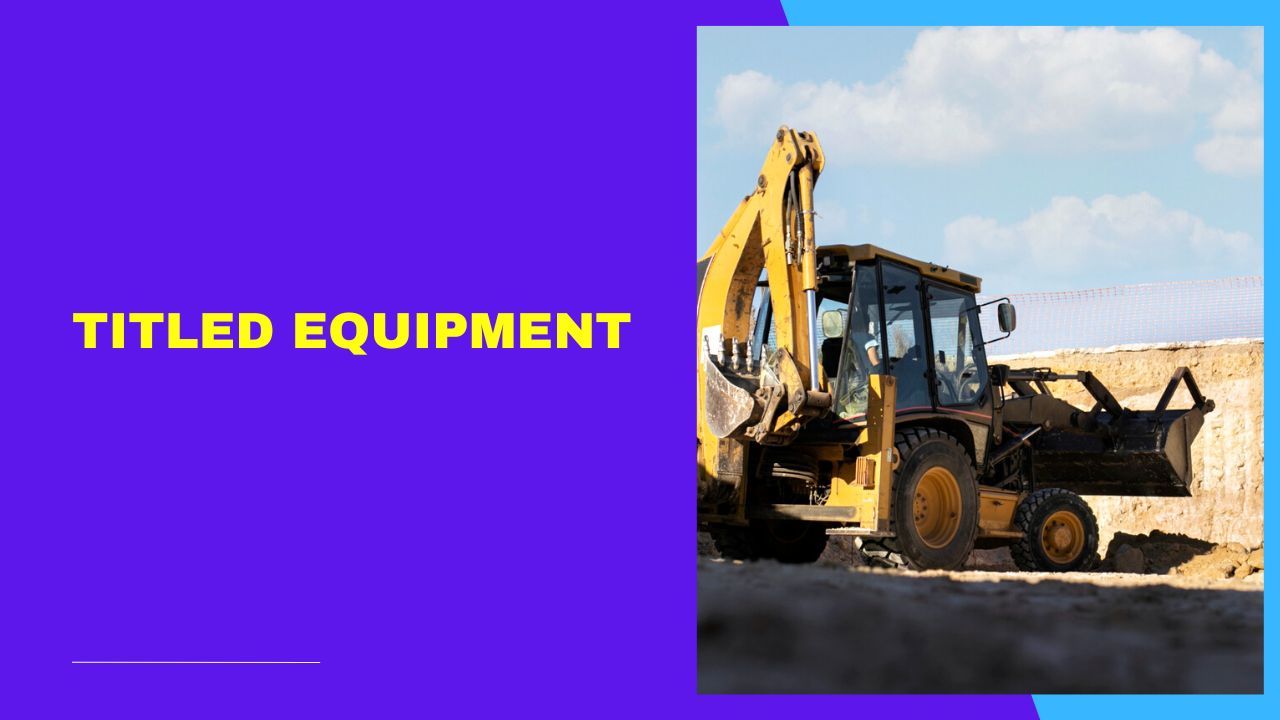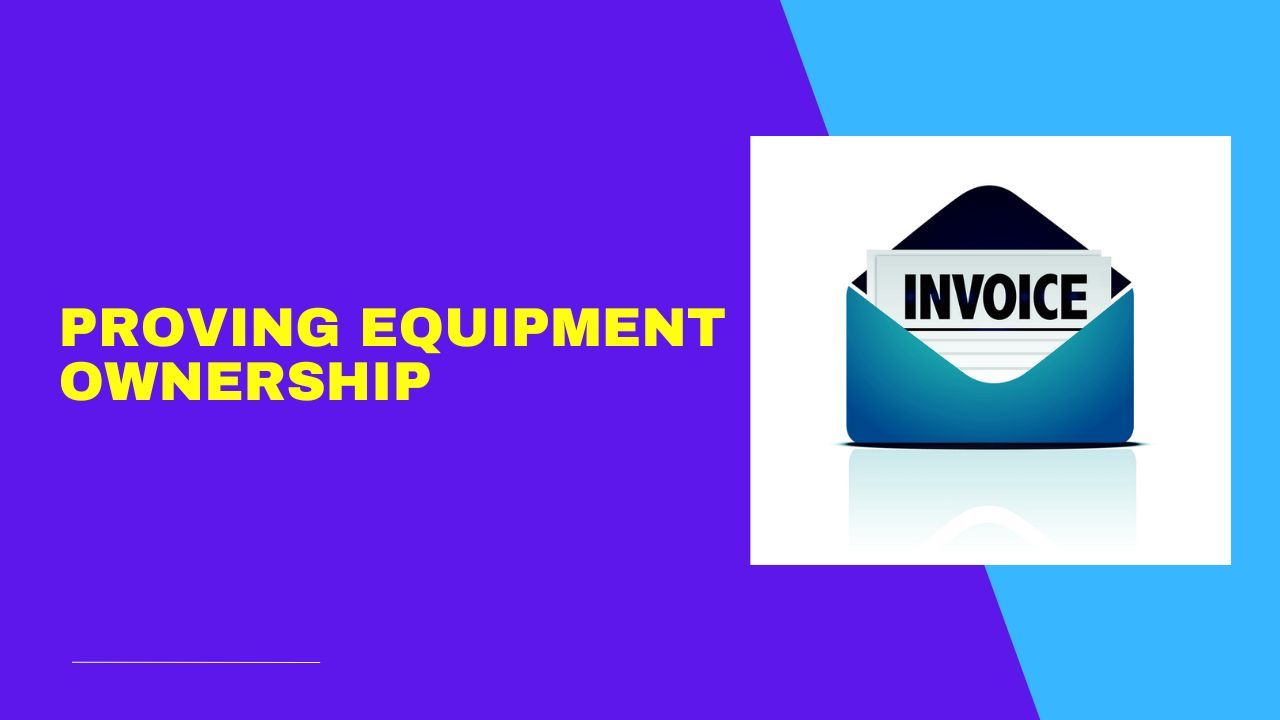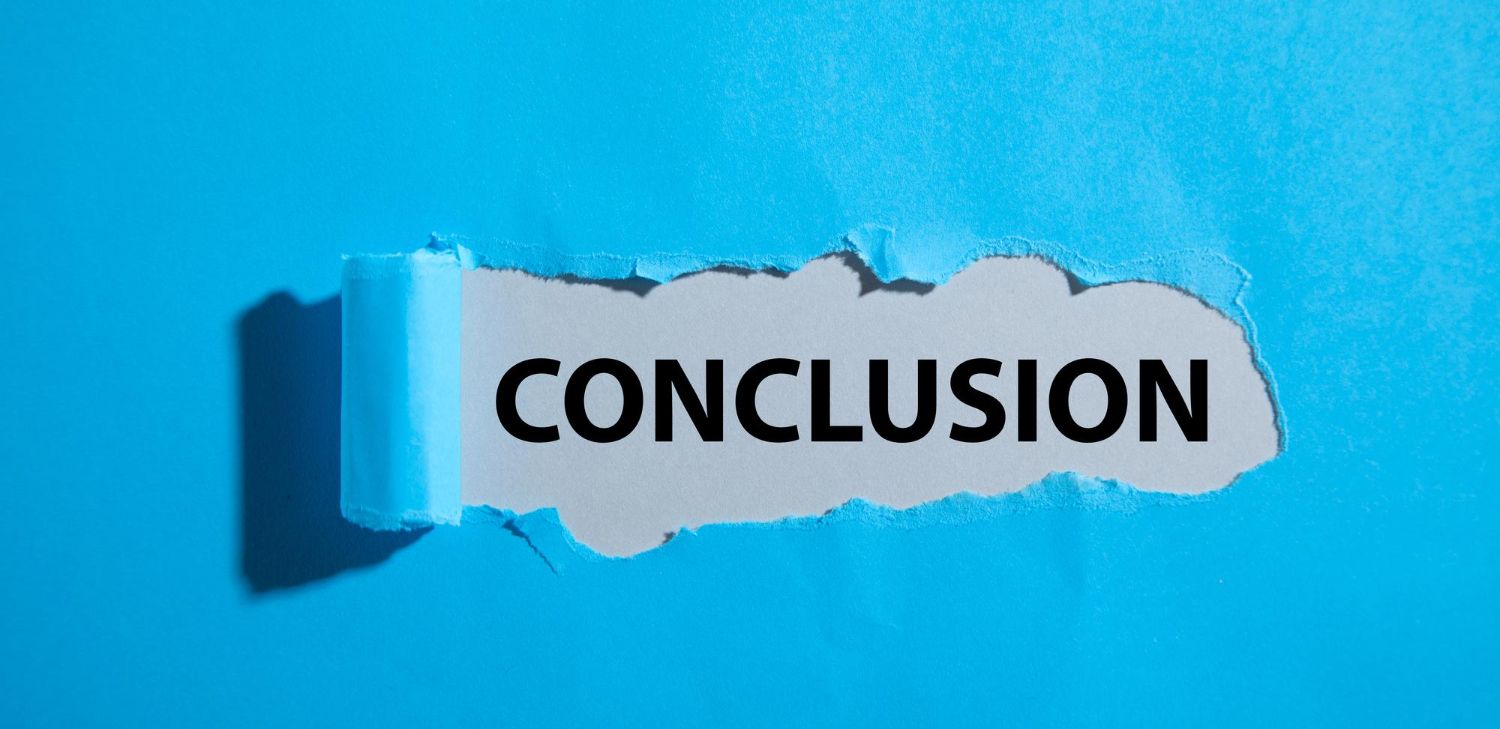Green is the New Black: Why the GGRF Matters to Your Small Business
What if you could significantly reduce your operating costs? Then imagine if you could attract a new wave of environmentally
Proof of full ownership is critical for asset-based lending. Borrowers should properly document collateral ownership through titles, paid invoices, purchase records, and UCC searches. This demonstrates credibility and expedites the lending process.

Proof of ownership is critical in asset-based lending. Lenders must verify borrowers own the assets they are pledging as collateral. Lenders take security interests in these assets.
Verifying asset ownership is a crucial first step. Borrowers who fail to prove full ownership of assets end up causing major issues down the road. These problems are avoidable if you know what to look for.
This article will serve as your GPS for documenting equipment ownership. Use this insight before seeking any equipment-secured term loan, or sale leasebacks.
Implement these steps before you apply for a sale leaseback or secured term loan. It will help you prepare and set your application up for success. Read on to learn the best practices for proving ownership of collateral.

Vehicles, heavy machinery, and trailer homes have titles that establish legal ownership. When assets are sold, the title documents list the lienholders. This provides a chain of ownership.
Borrowers must provide the original title certificates for titled equipment offered as collateral. The certificates must show their ownership. Photocopies are not acceptable.
Lenders will review titles to ensure they are in the borrower's exact legal name. They will also check for proper assignments from prior owners. Lenders will also confirm any previous liens have been released.
If old liens remain on titles, borrowers must provide documentation. The documentation must prove those liens have been satisfied and released. Otherwise, lenders cannot accept those titled assets as collateral.

Non-titled equipment, like machines, tools, furniture, and technology, does not have ownership titles. Lenders rely on original invoices and receipts to prove these assets are fully owned by the borrower.
These documents show purchases from dealers and auctions. A bill of sales is not adequate, as it simply documents transfer without guaranteeing a clear title.

- Borrowers provide bill of sale with no invoices showing they fully own non-titled assets. Existing liens are hidden dangers.
- Invoice copies are given but are not marked paid in full. Again, this fails to prove outright ownership by the borrower.
- Invoices come from a prior owner instead of the original dealer/auction source. Full chain of ownership is uncertain.
- Original title certificates and dealer invoices cannot be located. Ownership cannot be verified.

- Original title certificates for any titled equipment collateral.
- Paid invoices from the actual dealer or auction source for all non-titled equipment assets.
Borrowers must document the full chain of ownership for non-titled equipment. If the equipment was not bought directly from a dealer, they must provide a bill of sale and paid invoices for each prior owner.

- Running UCC searches to uncover any existing liens attached to non-titled equipment offered as collateral. Any UCC issues must be explained by borrowers.
- Ordering appraisals to determine current fair market value of assets. However, appraisals do not address ownership.
- Performing site visits to physically verify assets exist. But again, this does not confirm ownership definitively.
- Requiring separate title insurance policies on certain high value assets. This covers ownership risks.

- Locate original titles and invoices as soon as possible. Do not assume photocopies or records of payment will suffice.
- If any uncertainty exists around ownership, provide as much documentation as possible. Lenders want to see ironclad proof.
- Explain any UCC filings related to assets to be used as collateral. Omitting lien information can delay loan approval.
- If original dealer invoices are lost, try obtaining duplicate documentation. Otherwise, it becomes exceedingly difficult to substantiate ownership. Remember, for ALL non-titled equipment you will need: paid invoices or paid receipts from either the dealer, vendor, or auction house.

Proof of full ownership is the cornerstone of asset-based lending. Borrowers who are transparent about their assets will have a smoother lending process. Never assume lenders will compromise.
Borrowers who fail to establish clear title and purchase records for equipment, inventory, and other tangible assets cause delays in the lending process.
Borrowers demonstrate credibility and command confidence from lenders by taking steps to properly document ownership of collateral.
This includes original titles, paid invoices( or receipts), complete purchase chains, and clear UCC searches. Comprehensive upfront proof minimizes ownership uncertainties.
These uncertainties can threaten the viability of asset-based loans down the road.
So, the best advice for securing asset-based financing is simple – leave no doubts over what you own. That provides the surest path to getting the funding you need.
If you have any questions or concerns about proving full ownership of equipment or assets you plan to use as collateral, be upfront with the lender.
Discuss your doubts openly and provide as much supplemental documentation as possible.
Transparency is key. It is better to flag potential issues early, rather than the lender discovering them later.
Sign up for the newsletter and get our latest stories delivered straight to your inbox.